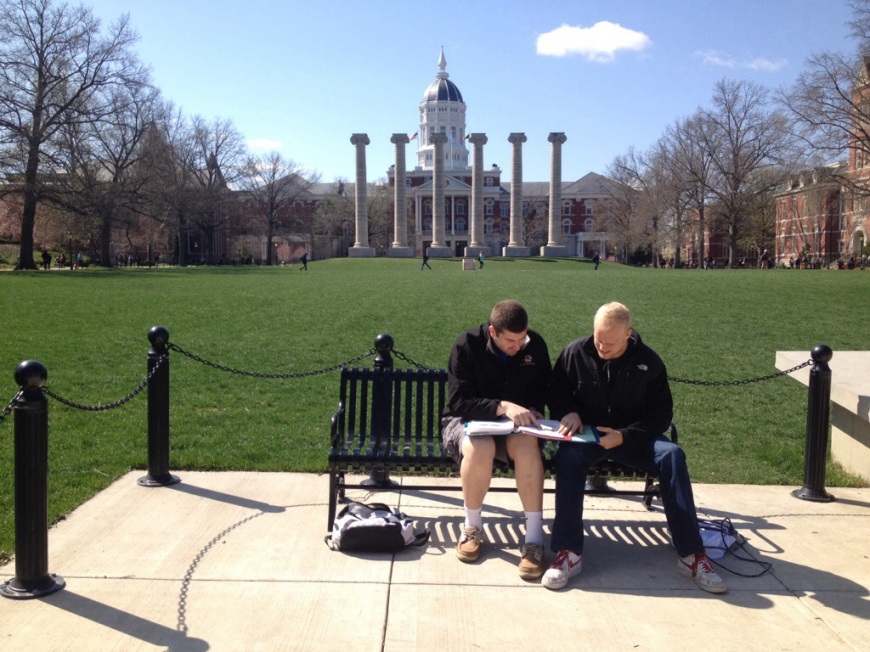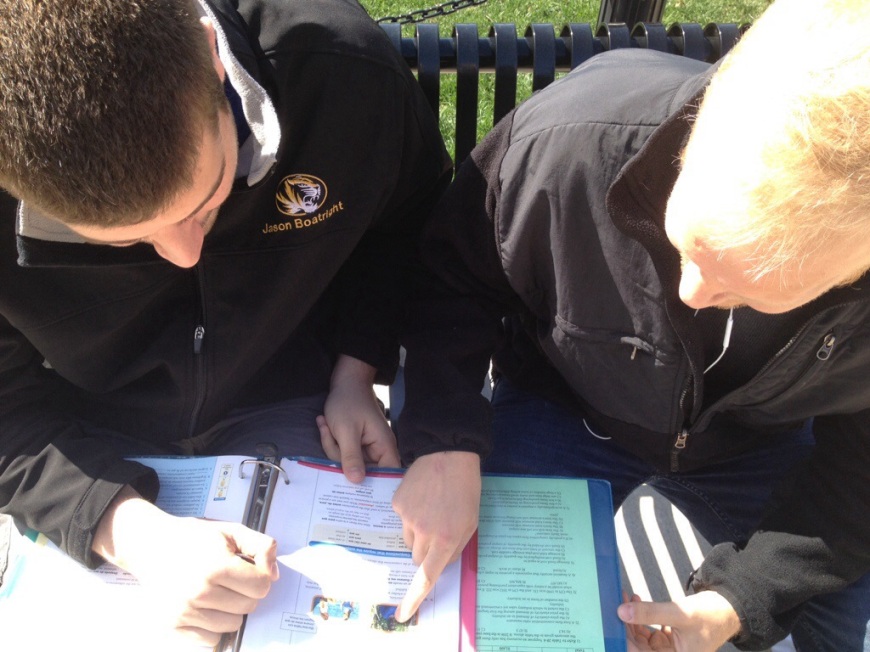Last April a terrible tragedy shook the streets of Boston. During the Boston Marathon, terrorists set off two bombs claiming lives and forever changing others. Tragedies, such as the Boston Marathon, don’t happen everyday. When events like this happen they deserve special coverage. Today’s lecture focused on the coverage the Boston Marathon received.
On Tuesday, the terrible tragedy occurred. Publications everywhere were trying to find key information to what had happened. Breaking news flooded TV’s and social media was buzzing with new information updates.
As time passed, publications began covering the tragedy extensively. The Boston Globe ran a front coverage saying “Marathon Terror” with gruesome images of the bombings. They also released an emotional video. It relied more on experience than actual news information. The reporter speaking said, “It’s something I will never forget..”
Time Magazine created a digital magazine solely on the Boston Marathon bombings. The Daily News in New York City used the Boston Marathon Bombings for their front page. Newspapers began running pictures so families could find their relatives. This happens a lot in disaster situations. Webpages featuring the bombings also began appearing on the Web. These pages reported on known information.
During events like the Boston Marathon Bombings it is important to sit back and think about how you want to cover it. A story like this has multiple pieces. It is important to figure out what you want to cover and report the truth. Journalism’s integrity lies in truth. Tragedies like this need more truth than normal stories. Many people are affected by this.
Below is a slideshow of images the Boston Globe took during the terrible tragedy last year.
http://www.bostonglobe.com/metro/specials/boston-marathon-explosions

